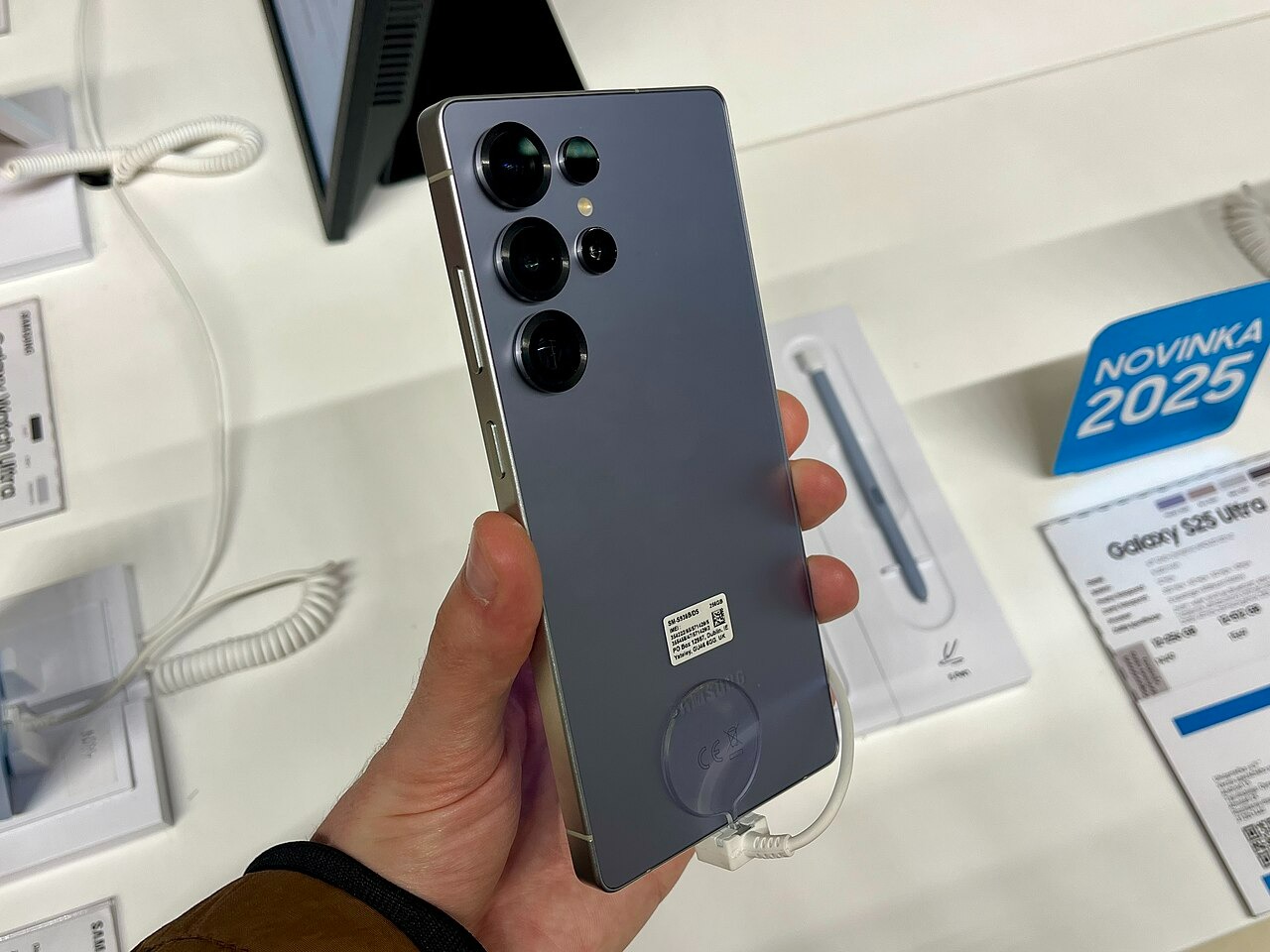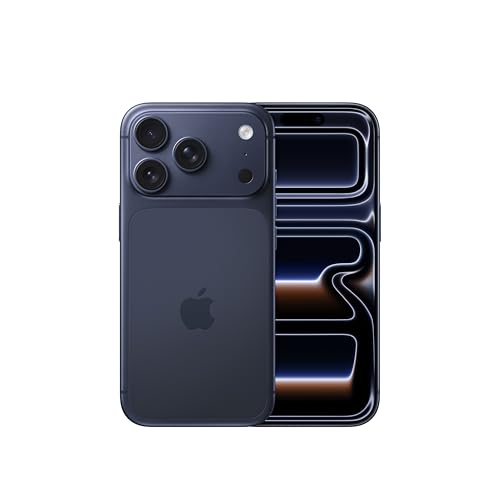Google announced today the integration of invisible watermarks into all photos edited with its Magic Editor tool, marking a significant step toward transparency in AI-generated content.
Why it matters: The implementation of SynthID watermarking technology fundamentally changes how AI-edited images can be identified, addressing growing concerns about the authenticity of digital content in an era of increasingly powerful AI editing tools.
Technical Details: The SynthID system embeds watermarks through a sophisticated process called “tournament sampling,” which makes subtle adjustments to image elements without compromising visual quality. The system introduces several key features:
- Invisible to human eyes
- Detectable by specialized software
- Resistant to image compression
Market Impact: Google’s decision to watermark AI-edited photos arrives as concerns about deepfakes and manipulated media continue to grow. The company’s approach to transparency includes:
- Open-source watermarking technology
- Integration with existing photo tools
- Compatibility with regulatory requirements
Looking Forward: While currently limited to Magic Editor on Pixel 8 Pro and Google Photos, the technology is expected to expand to other Google products and potentially influence industry standards for AI content identification.
Dive Deeper: The Magic Editor tool, available on the Pixel 8 Pro and through Google Photos, enables users to make radical changes to images, including removing objects, adjusting skies, and altering facial features. These capabilities, while powerful, have raised concerns about the potential for misuse and the erosion of trust in digital imagery.
Google‘s watermarking solution arrives amid increasing regulatory pressure worldwide. The European Union’s AI Act and China’s requirements for marking AI-generated content have pushed tech companies to develop more transparent AI systems. By making SynthID open-source, Google enables other developers to implement similar watermarking solutions, potentially establishing an industry standard for identifying AI-modified content.
The invisible watermarks remain intact even after common image modifications like compression or cropping, ensuring that the AI-generated nature of edited content can be verified throughout its digital lifecycle. This persistence addresses a key challenge in content authentication, as previous watermarking attempts often failed to survive basic image processing.





























